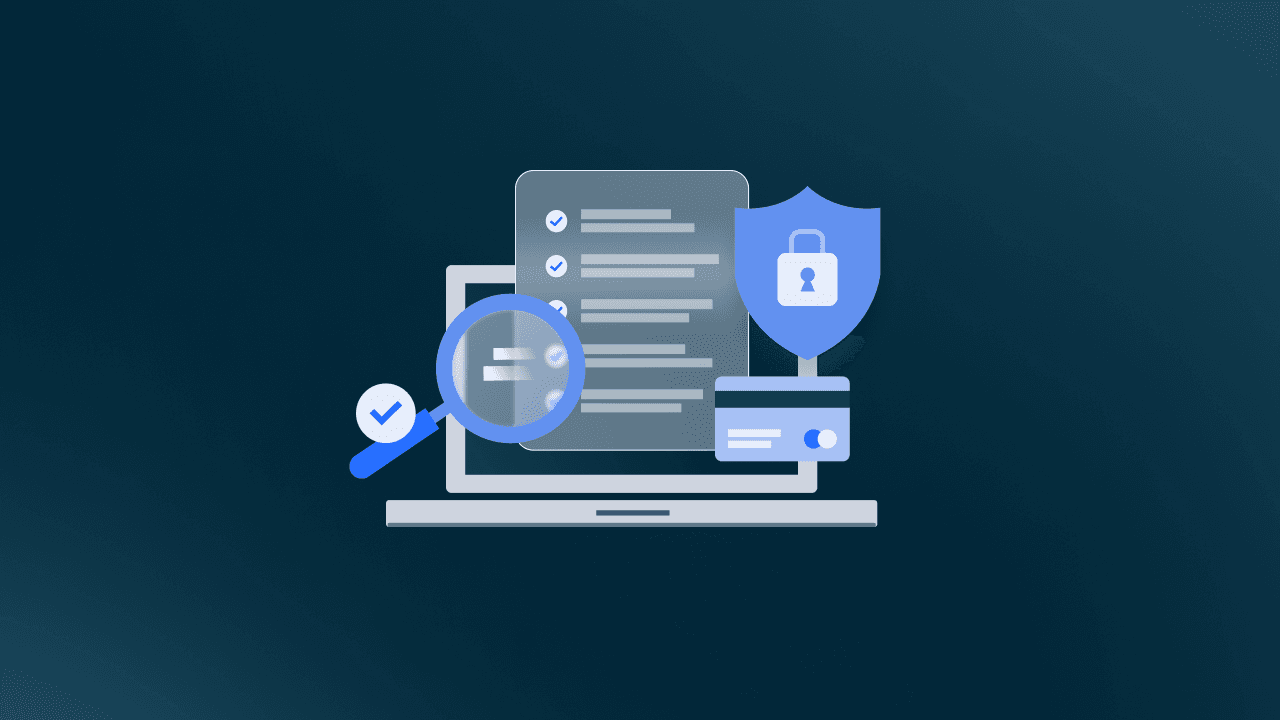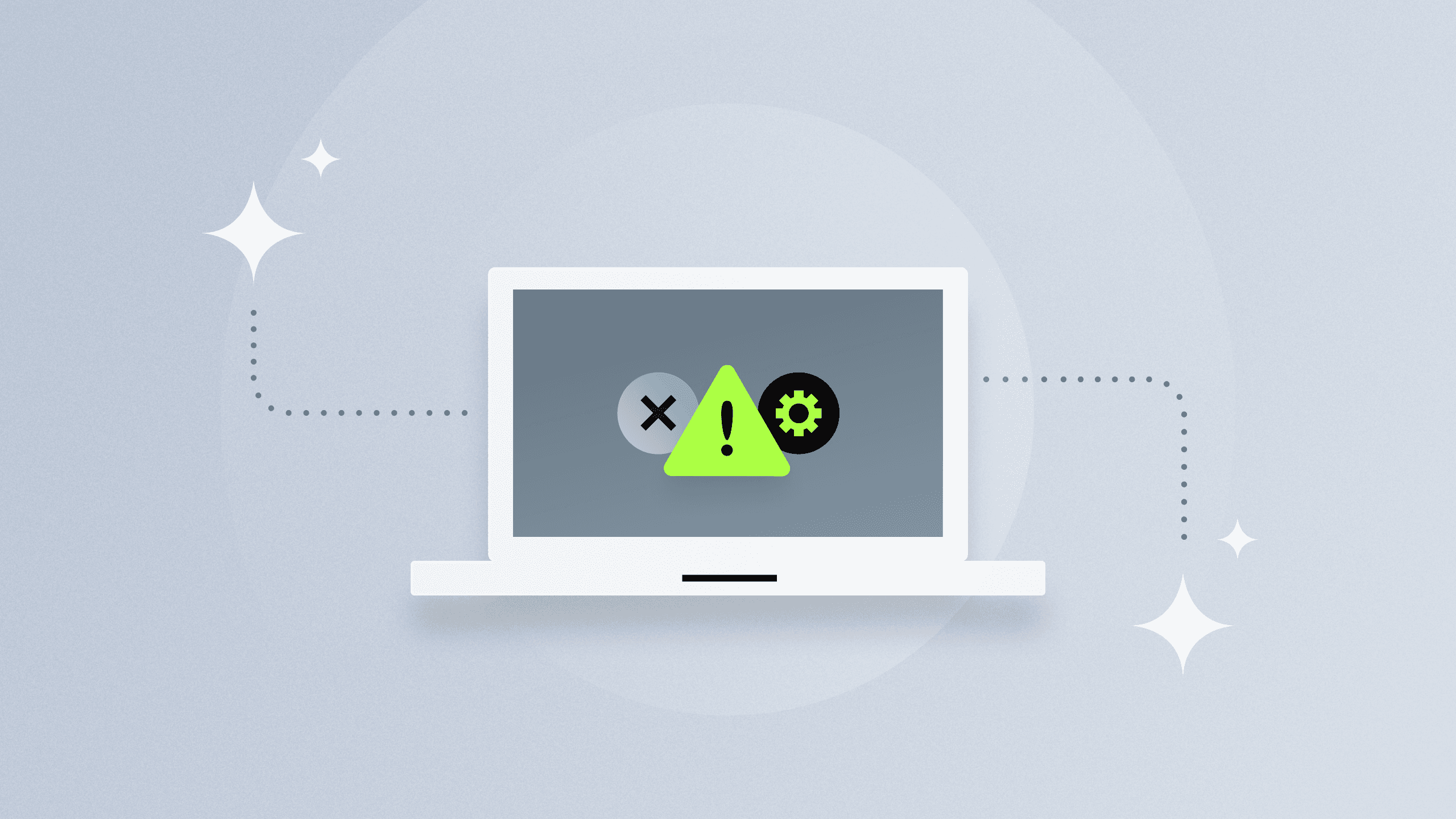AI Governance 101: Building Trust in Intelligent Systems
Learn what AI governance is, why it matters, and how to build trust in your use of AI with proven frameworks and tools like Drata.
Artificial Intelligence is transforming businesses operations across industries—from automating workflows and optimizing decision-making to personalizing customer experiences. But with this transformation comes a new class of risk. Without oversight, AI can produce biased outcomes, expose sensitive data, and lead to compliance failures.
For security and GRC leaders, the question isn’t whether AI should be governed—it’s how.
What is AI Governance?
AI governance refers to the policies, processes, and oversight structures that ensure AI systems are developed and used ethically, securely, and in line with business goals and legal requirements.
Done right, AI governance ensures:
Accountability for how AI systems operate and make decisions.
Risk and bias mitigation to prevent harmful or discriminatory outcomes.
Model transparency and traceability, so systems can be explained and audited.
Regulatory compliance, especially as global AI regulations evolve.
Responsible data usage to protect privacy and minimize misuse.
Why AI Governance Matters for Leaders
AI doesn’t operate in a vacuum. It intersects with data privacy, cybersecurity, ethics, and brand reputation. Here’s why governance should be a board-level conversation:
Trust drives business growth: Customers and stakeholders are more likely to adopt AI-powered products when companies can prove they’re using AI responsibly—with clear, explainable, and fair decision-making.
Regulators are watching: Frameworks like the EU AI Act, NIST AI RMF, and ISO 42001 are setting the bar for governance. Organizations without a governance structure will struggle to demonstrate compliance.
Disjointed operations create risk: Without clear policies, AI tools can be adopted across departments without visibility or control—leading to inconsistent practices, unmanaged risk, and potential liability.
Strategic Foundations for AI Governance
To embed governance into your AI journey, GRC and security leaders should consider the following building blocks:
1. Designate Ownership
Governance starts with accountability. Assign a cross-functional leader—such as the CISO, Chief AI Officer (CAIO), or GRC executive—to own the strategy, implementation and monitoring of AI use across the organization.
This role should act as the connective tissue between technical teams, compliance officers, risk managers, and business stakeholders.
2. Create a Governance Framework
Use established frameworks like NIST AI RMF or ISO 42001 to guide the design of your policies and procedures. Define criteria for responsible model development, secure deployment, and continuous oversight.
Drata helps operationalize these frameworks by mapping policies and controls to real-time evidence, providing an auditable system of record for your AI governance program.
3. Establish Governance Controls
Document the lifecycle of each AI model:
Who builds and trains it?
How is bias tested and addressed?
When is the model reviewed, and by whom?
What happens when results deviate from expectations?
With tools like Drata, organizations can operationalize governance frameworks by enforcing controls, collecting real-time evidence, and monitoring risk continuously—all essential as AI regulations evolve.
4. Build and Communicate Trust
AI governance isn’t just an internal exercise—it’s also a signal to customers, partners, and regulators. Tools like SafeBase allow organizations to publicly showcase their security and compliance posture, including AI-specific governance practices.
Drata customers can integrate governance milestones into their Trust Center, reinforcing transparency and accountability as a competitive advantage.
AI innovation without governance is a liability. But when you can demonstrate trust in your AI practices—through clear policies, controls, and oversight—it becomes a strategic advantage.
Drata is leading the charge in GRC automation and trust management, offering security and compliance teams the tools they need to govern emerging technologies—AI included—with speed, confidence, and clarity.
Ready to future-proof your compliance program for the age of AI? See how Drata can help.
FAQ: AI Governance and Trust Management
We’re tackling all of the most commonly asked questions around AI governance and trust management.
What’s the Difference Between AI Governance and AI Ethics?
AI ethics refers to the principles guiding responsible AI behavior (e.g. fairness, transparency, and accountability), while AI governance is the implementation of these principles through concrete policies, processes, and controls. Think of ethics as the “why” and governance as the “how.”
Is AI Governance Only Relevant to Large Enterprises?
No—AI governance matters for companies of all sizes. Whether you’re a startup integrating third-party AI tools or a global enterprise building custom models, you’re still responsible for ensuring compliant use of AI. Early governance builds long-term trust and scalability.
How Does AI Governance Connect to Existing GRC Programs?
AI introduces new dimensions of risk—bias, lack of transparency, regulatory complexity—that fall squarely within GRC’s domain. By integrating AI oversight into your governance, risk, and compliance program, you avoid siloed management and improve visibility across your risk landscape. Platforms like Drata help unify this oversight with automated evidence collection and continuous control monitoring.
What Regulations Should We be Aware of?
Key regulatory frameworks include:
The EU AI Act, which classifies AI systems by risk and enforces strict obligations for high-risk use cases.
NIST AI Risk Management Framework, offering voluntary U.S. guidance for identifying and mitigating AI risks.
ISO 42001, the first international standard for AI management systems.
Staying informed and mapping these regulations to internal controls is critical—especially as AI laws evolve quickly.





